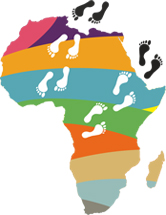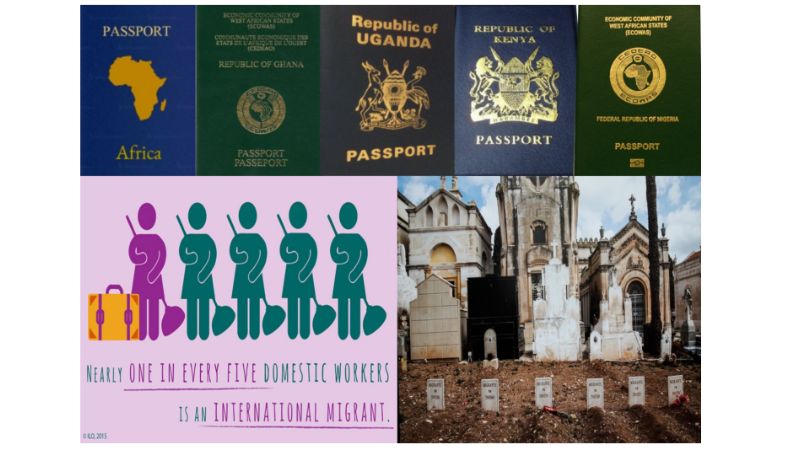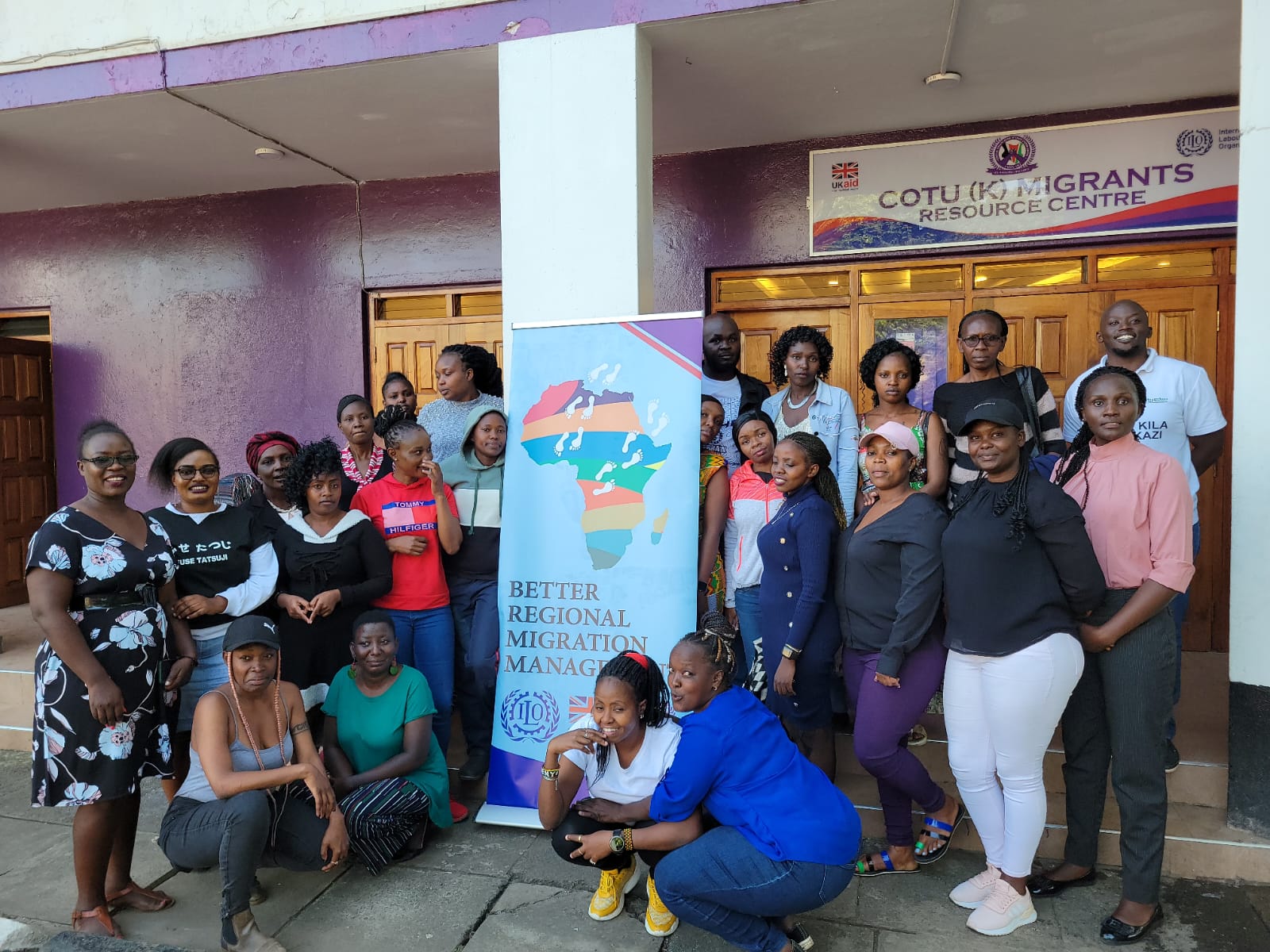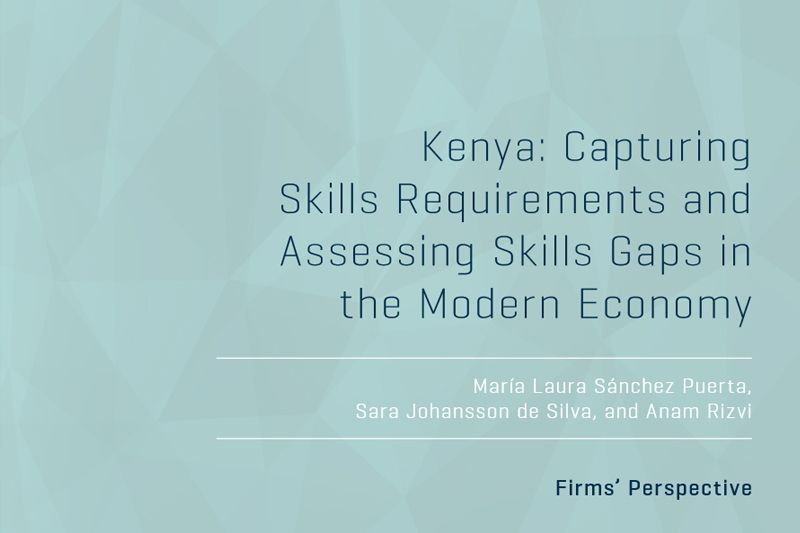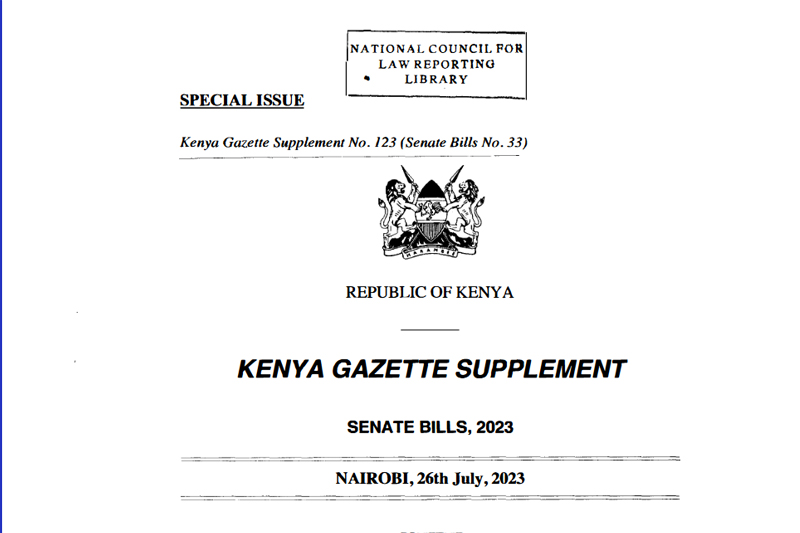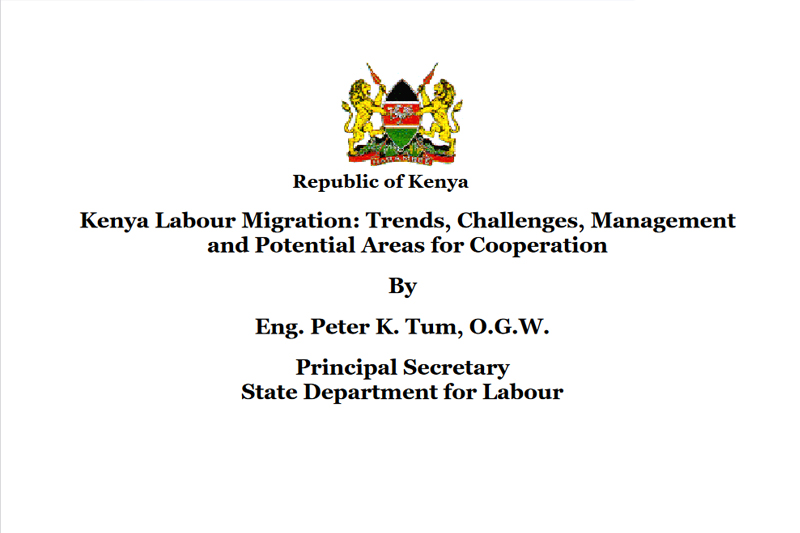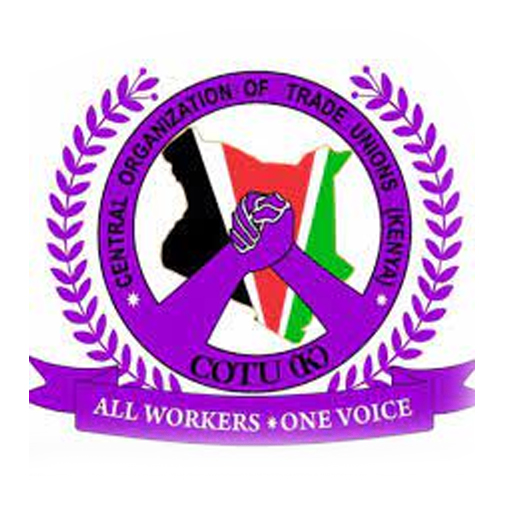Kenya
Kenya plays a dual role as both a source and destination country for labour migrants. As of 2022, Kenya is home to approximately 540,000 refugees, with the vast majority, over 85 per cent, originating from South Sudan and Somalia. The remaining refugee population consists primarily of individuals from the Democratic Republic of the Congo, Ethiopia, Burundi, Sudan, Uganda, Eritrea, and Rwanda. Refugees in Kenya are primarily concentrated in designated camps located in Turkana (specifically Kakuma and Kalobeyei) and Garissa counties (particularly Dadaab). Kakuma and Kalobeyei house more than 220,000 refugees, while Dadaab accommodates over 230,000. Additionally, around 90,000 refugees reside in Nairobi and, to a lesser extent, other urban areas (UNHCR 2021a).
Given this context, there is a pressing need to enhance the legal framework that grants refugees access to the labour market and other essential services, including technical and vocational training, workplace rights, social security, and freedom of association, among other crucial aspects. Notably, Kenya's new Refugees Act of 2021, which took effect on February 23, 2022, encompasses comprehensive provisions relating to refugee status determination, identification documents for refugees, and freedom of movement.
Kenyan migrant workers make a substantial contribution to the country's socio-economic development through the transfer of skills, expertise, and knowledge upon their return. For instance, in 2019, the monthly remittances from Kenyan migrants averaged KShs. 23 billion (equivalent to approximately US$ 228.14 million).

66.7% (2022)

63.4% (2022)

5% (2022)





